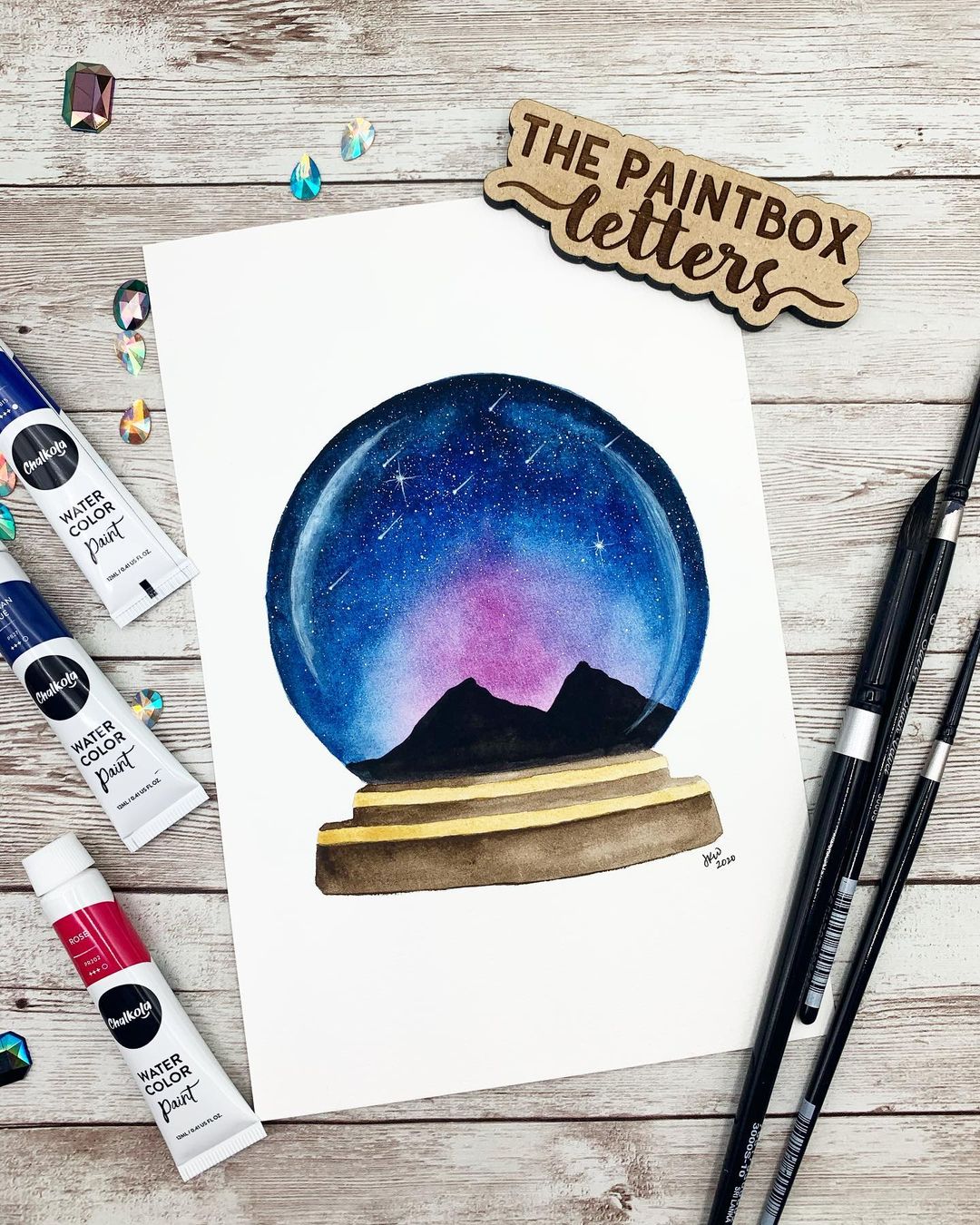Introduction: Embracing the Versatility of Watercolors
Dipping a brush into a pool of vibrant watercolors and watching it glide across a canvas, leaving behind a trail of pigments that dance and blend, is an experience that captivates artists of all skill levels. For beginners, watercolors offer a world of creative possibilities, their fluidity inviting experimentation and personal expression. This guide aims to ignite your artistic spark with inspiring ideas tailored to those new to this enchanting medium.
Section 1: Nature’s Palette: Capturing the Outdoors
1.1 Sketching Sunsets: A Lesson in Layering
Sunsets are a timeless subject, offering a gradient of colors that seem tailor-made for watercolors. Start by lightly sketching the horizon line and the silhouette of trees or buildings. Begin painting with yellows and oranges at the bottom, gradually transitioning to pinks, purples, and blues as you move upwards. The wet-on-wet technique will help create soft edges and a natural blending of hues, mimicking the ethereal beauty of a setting sun.
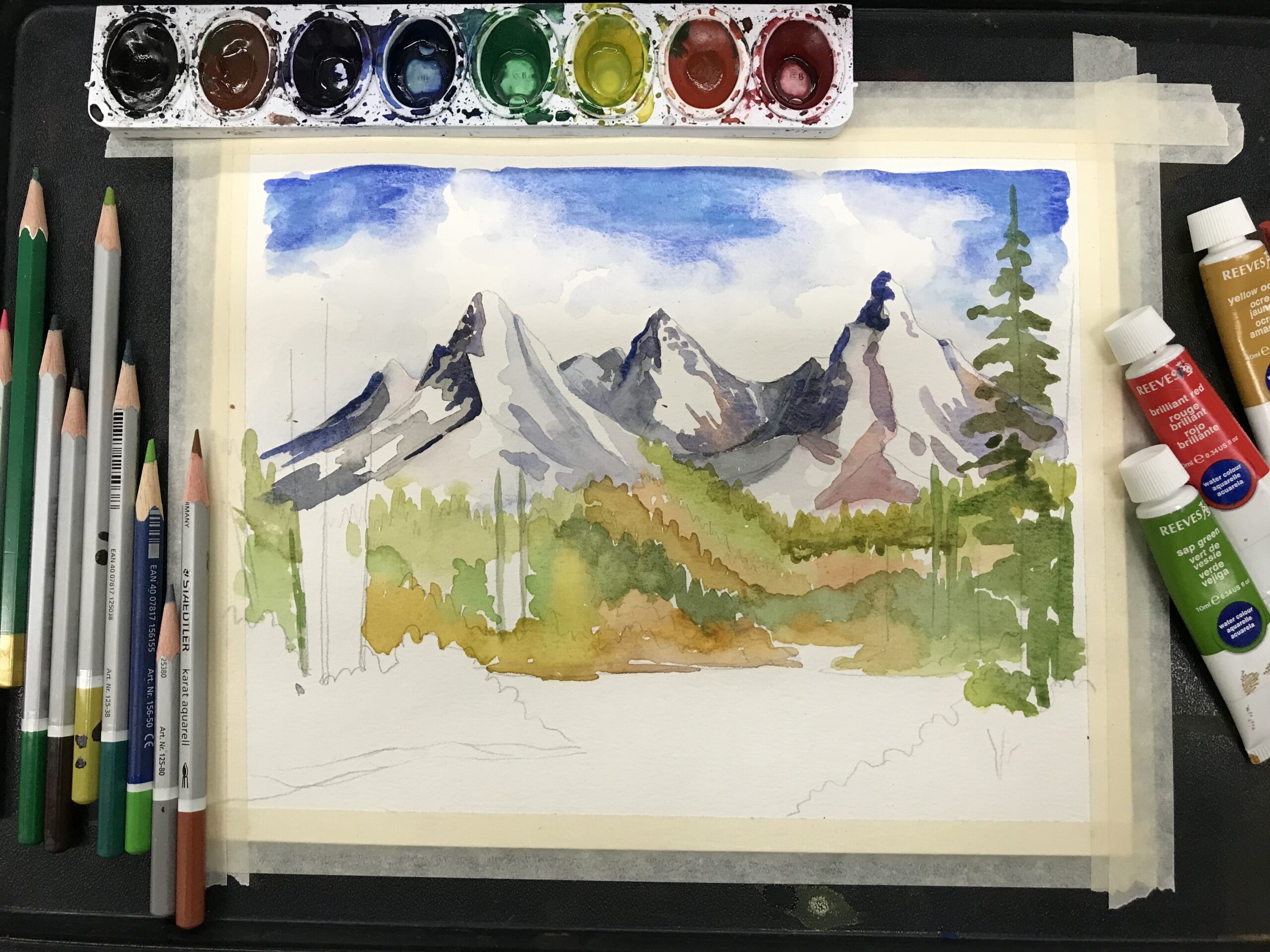
1.2 Petals and Leaves: Botanical Illustrations
Nature’s intricate details provide endless inspiration. Choose a simple flower or leaf as your subject, focusing on its shape and veins. Use a light pencil outline before applying washes of color. Layer greens for leaves, starting with a light tone and building up darker shades for depth. For flowers, mix colors directly on the paper to capture their subtle variations. Remember, watercolors are about suggestion rather than precise replication; let the medium’s transparency speak for itself.
Section 2: Urban Sketching: Cityscapes and Architecture
2.1 City Silhouettes: Playing with Shadows
Cityscapes offer a fascinating contrast of light and shadow. Select a view with distinct architectural elements and simplify them into basic shapes. Paint the sky first, perhaps with a gradient from day to dusk. Once dry, outline the buildings in a darker shade, emphasizing their silhouettes against the sky. For added depth, suggest windows with tiny strokes of lighter color, hinting at the life within.
2.2 Rainy Day Scenes: Capturing Mood with Water
Watercolors are inherently suited to depicting rainy scenes. Experiment with creating raindrops and puddles by splattering paint or using a wet brush to pull pigment downwards, mimicking the flow of water. The reflective surfaces of wet streets can be suggested with soft, blurred lines, capturing the mood of a quiet, rainy afternoon. Remember, the key is to let the water do the work, guiding it gently to create the desired effect.
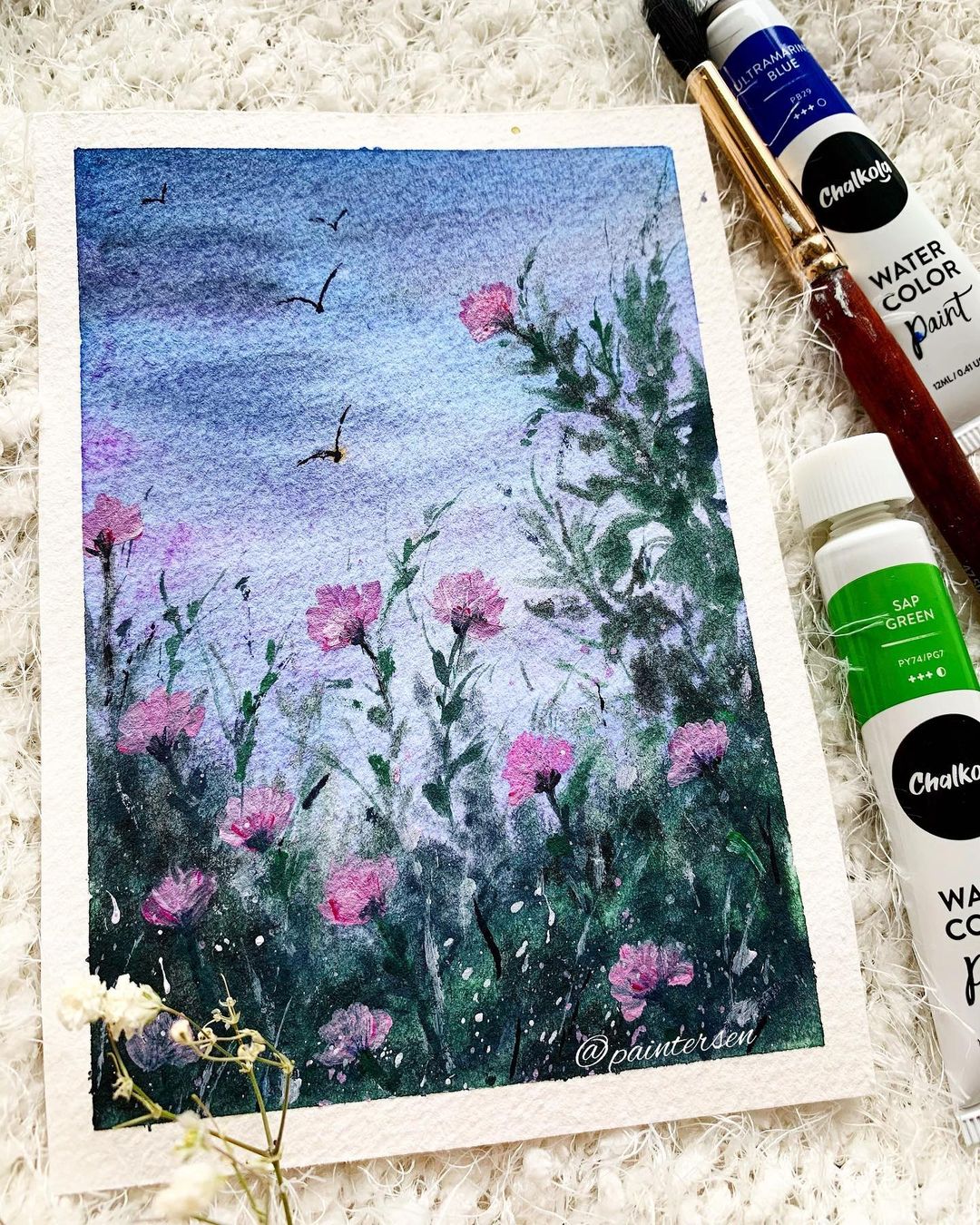
Section 3: Abstract Explorations: Letting Go of Control
3.1 Color Washes: Embracing Randomness
Abstract art is an excellent way for beginners to explore watercolors without the pressure of realism. Begin with a large brush and apply broad washes of different colors, allowing them to mix and bleed into one another naturally. Rotate your paper to guide the flow of paint, creating organic shapes and patterns. This exercise encourages a sense of freedom and playfulness, reminding us that beauty often arises from unexpected combinations.
3.2 Geometric Shapes: Order Amid Chaos
Combine the control of geometric shapes with the fluidity of watercolors. Sketch out a simple composition of overlapping circles, squares, or triangles. Fill each shape with a different hue, using a wet-on-dry technique for crisp edges. Alternatively, apply a base color and then drop in complementary or contrasting colors while the paint is still wet, allowing them to interact and create unique textures within the boundaries of your shapes.
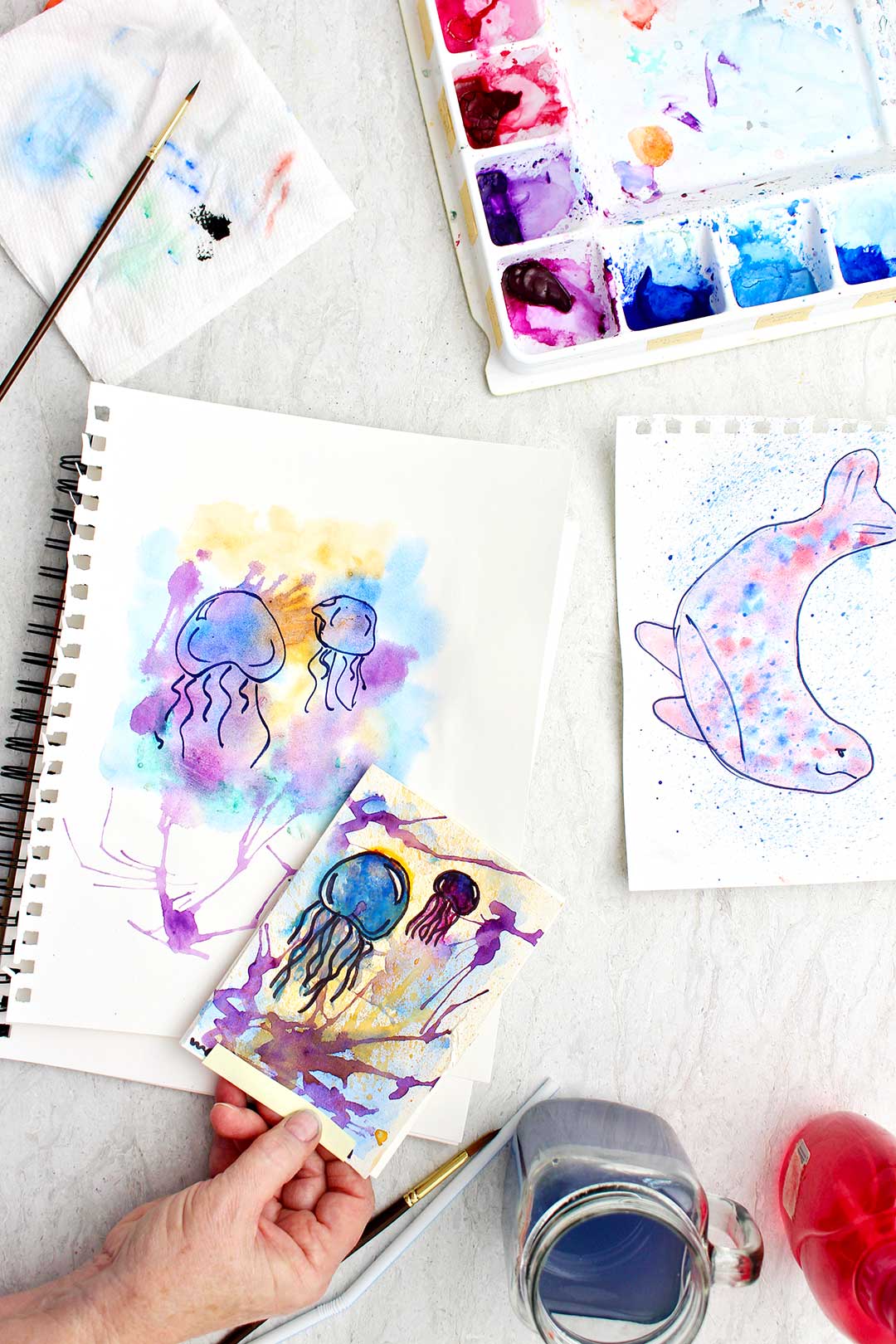
Section 4: Storytelling Through Watercolors
4.1 Illustrating Fairy Tales: Whimsical Narratives
Watercolors lend themselves beautifully to illustrating imaginative stories. Choose a scene from a favorite fairy tale or invent your own. Focus on creating a narrative through visual elements like characters, settings, and mood. Soft, dreamy washes can set the stage for magical forests or enchanted castles, while more vivid colors might depict action or emotion. Don’t shy away from adding small details that add depth to your story.
4.2 Memory Lane: Painting Personal Moments
Our memories are a treasure trove of inspiration. Think of a cherished moment—your first bike ride, a family picnic, or a quiet sunset watched with someone special. Use this memory as the basis for your painting, focusing on the emotions it evokes rather than a literal representation. The fluidity of watercolors can effectively convey the ebb and flow of these feelings, turning your canvas into a personal time capsule.
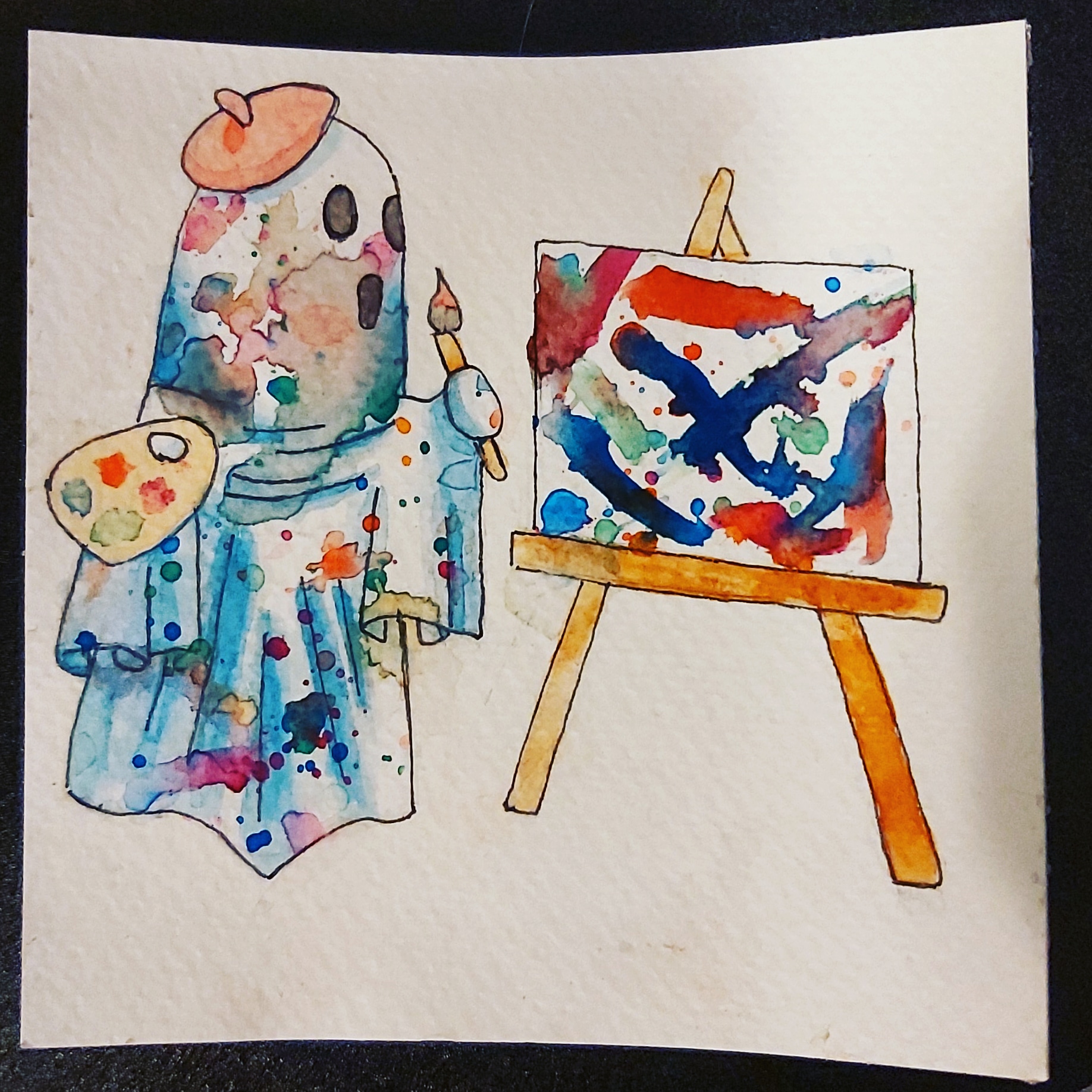
Section 5: Experimenting with Textures and Techniques
5.1 Salt Texture Magic: Adding Dimension
One of the joys of watercolors lies in experimenting with various textures. A simple yet effective trick involves the use of salt. After applying a wash of color, lightly sprinkle salt onto the wet paint. As the water evaporates, the salt crystals will absorb the pigment, leaving behind a unique, speckled texture. This technique is perfect for creating the illusion of starry nights, textured foliage, or aged stone in your paintings.
5.2 Masking Fluid: Preserving Whites and Highlights
Masking fluid is a valuable tool for beginners wanting to preserve the white of the paper or create highlights. Apply the fluid to areas you wish to keep unpainted, let it dry completely, and then paint over it. Once your artwork is dry, peel off the masking fluid to reveal the pristine white beneath. This method is particularly useful when painting intricate details like the glint of sunlight on water or snowflakes against a dark background.
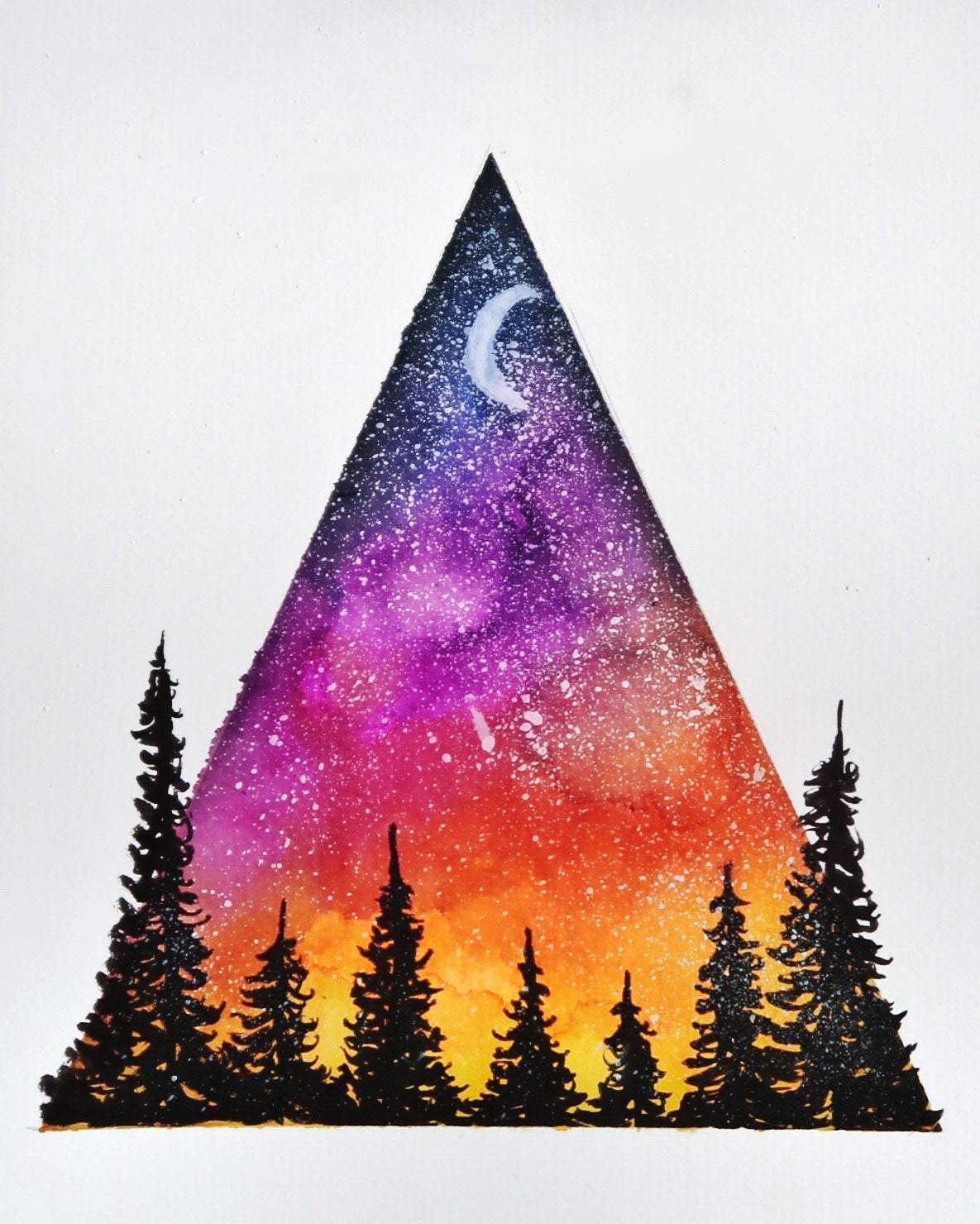
Section 6: Expanding Your Color Knowledge
6.1 Color Mixing Basics: Creating a Harmonious Palette
Understanding color theory is crucial for creating harmonious and impactful watercolor pieces. Start by mastering primary colors (red, blue, and yellow) and learn how to mix secondary (green, orange, purple) and tertiary colors. Explore the impact of warm versus cool colors and how they can influence the mood of your painting. Experiment with creating color charts to familiarize yourself with the range of tones achievable with your palette.
6.2 Granulating Pigments: Unleashing Natural
Variation Some watercolor pigments have a granulating property that creates a textured appearance, resembling natural elements such as rock or foliage. These pigments separate when water is applied, forming small particles that settle unevenly on the paper. Incorporating granulating colors into your landscapes or abstract pieces can add a sense of depth and authenticity to your work. Explore different brands and pigments to discover which ones offer this characteristic.
Conclusion: Continuing Your Watercolor Journey
Embarking on the watercolor journey is as much about self-discovery as it is about mastering a medium. Each stroke, each blend, reveals a bit more about your creative voice. Embrace the unpredictable nature of watercolors, for it is within this unpredictability that some of the most breathtaking art is born. As you continue to experiment with these beginner-friendly ideas, remember that every ‘mistake’ is a lesson, and every completed piece a testament to your growth as an artist. Keep your canvas creative, and let the colors of your imagination run free.





